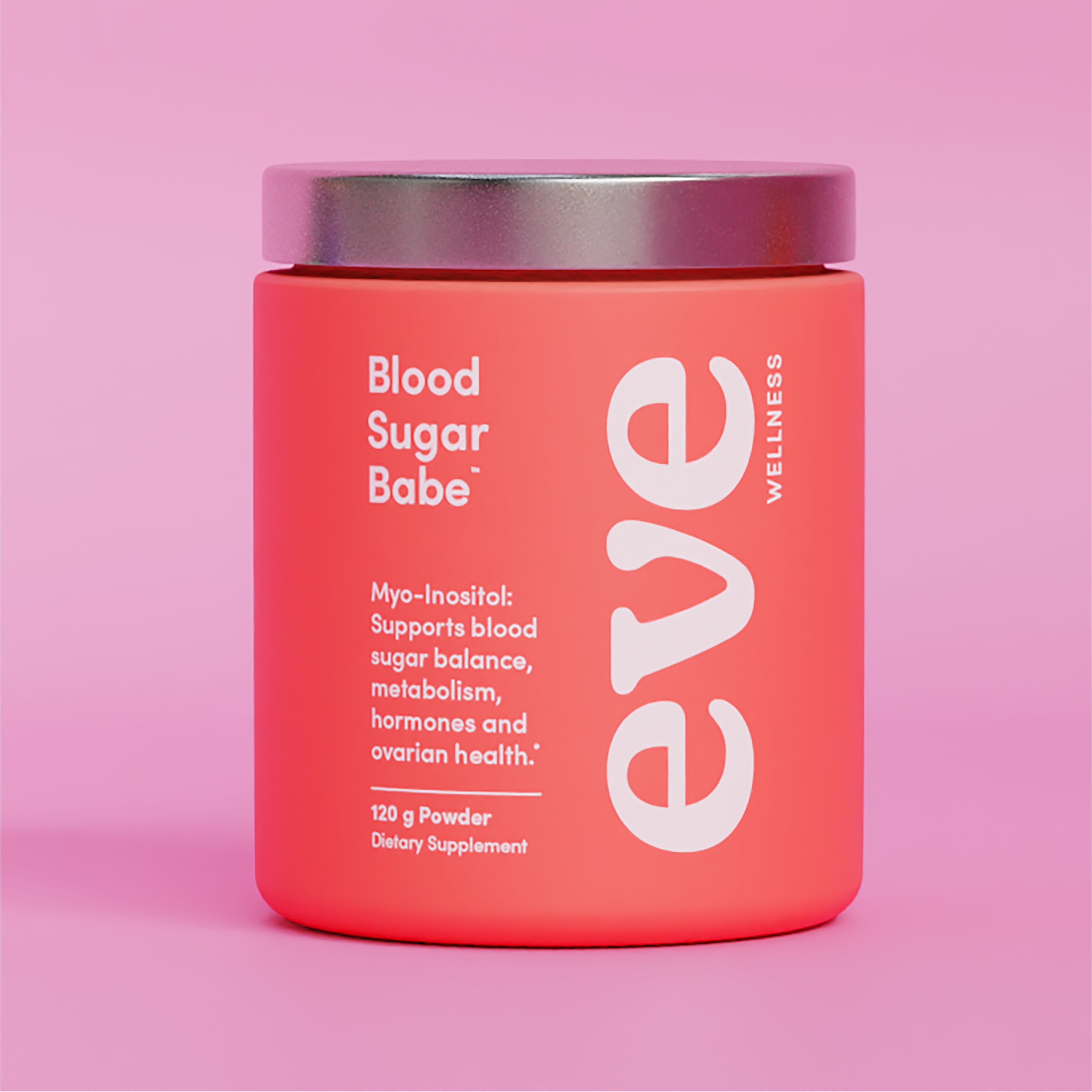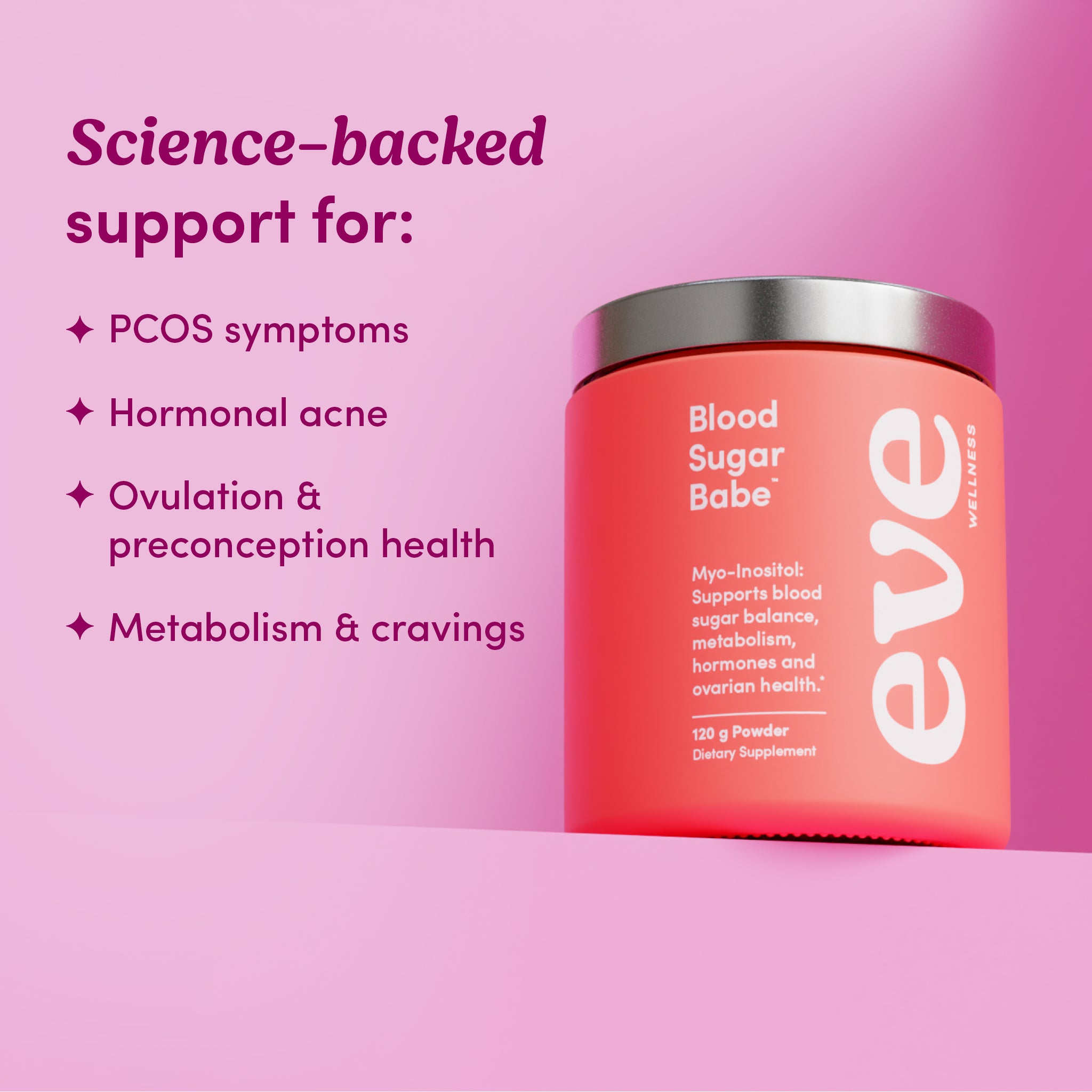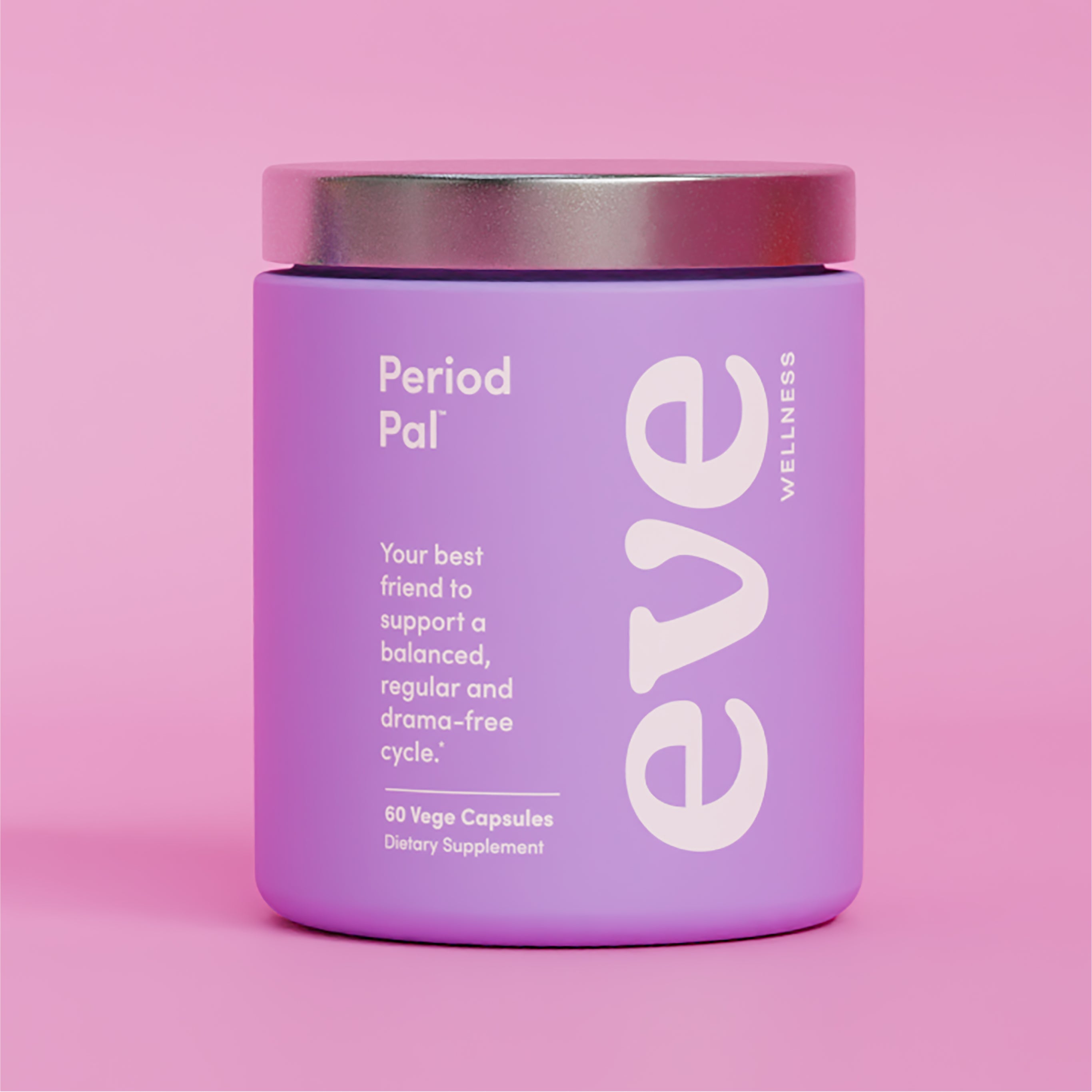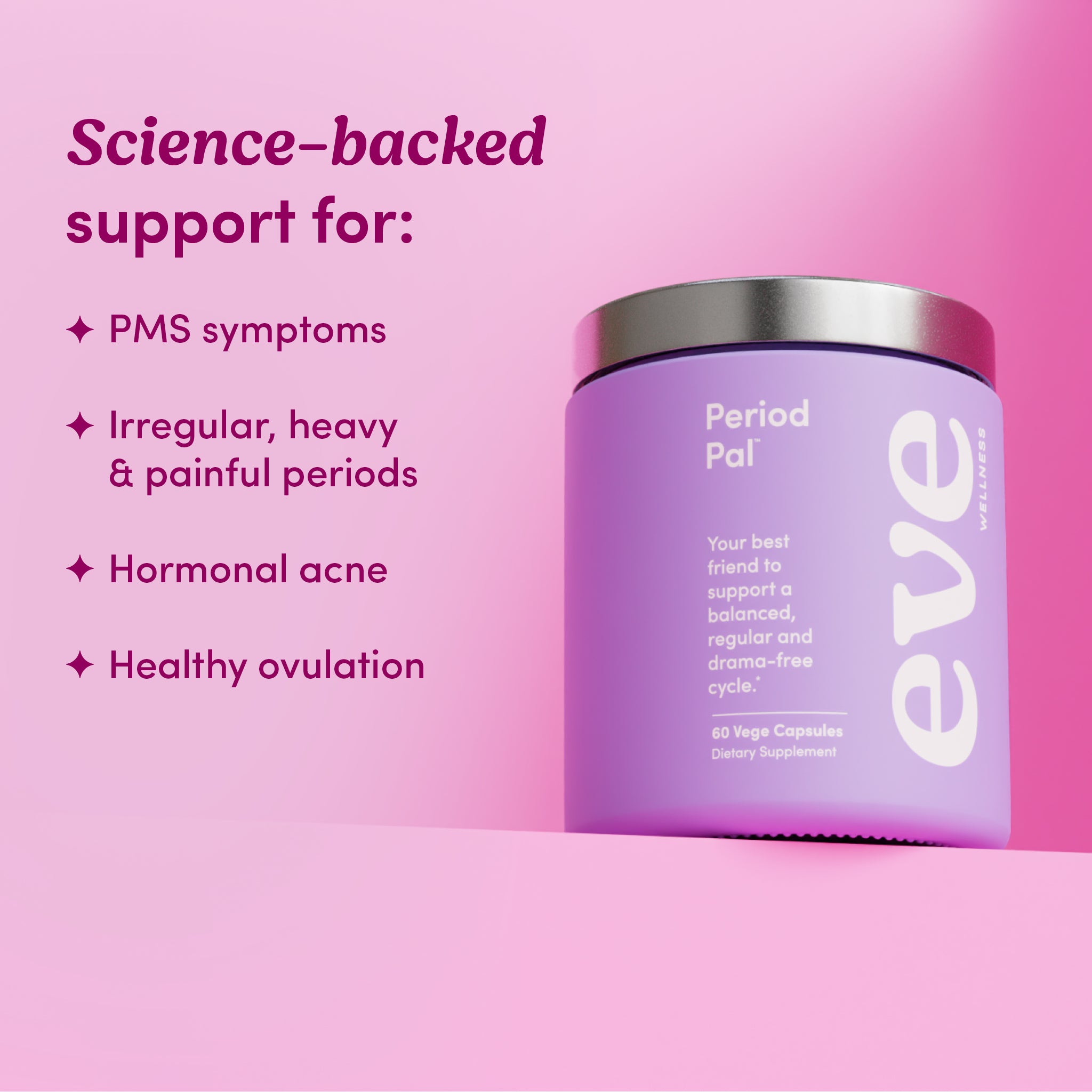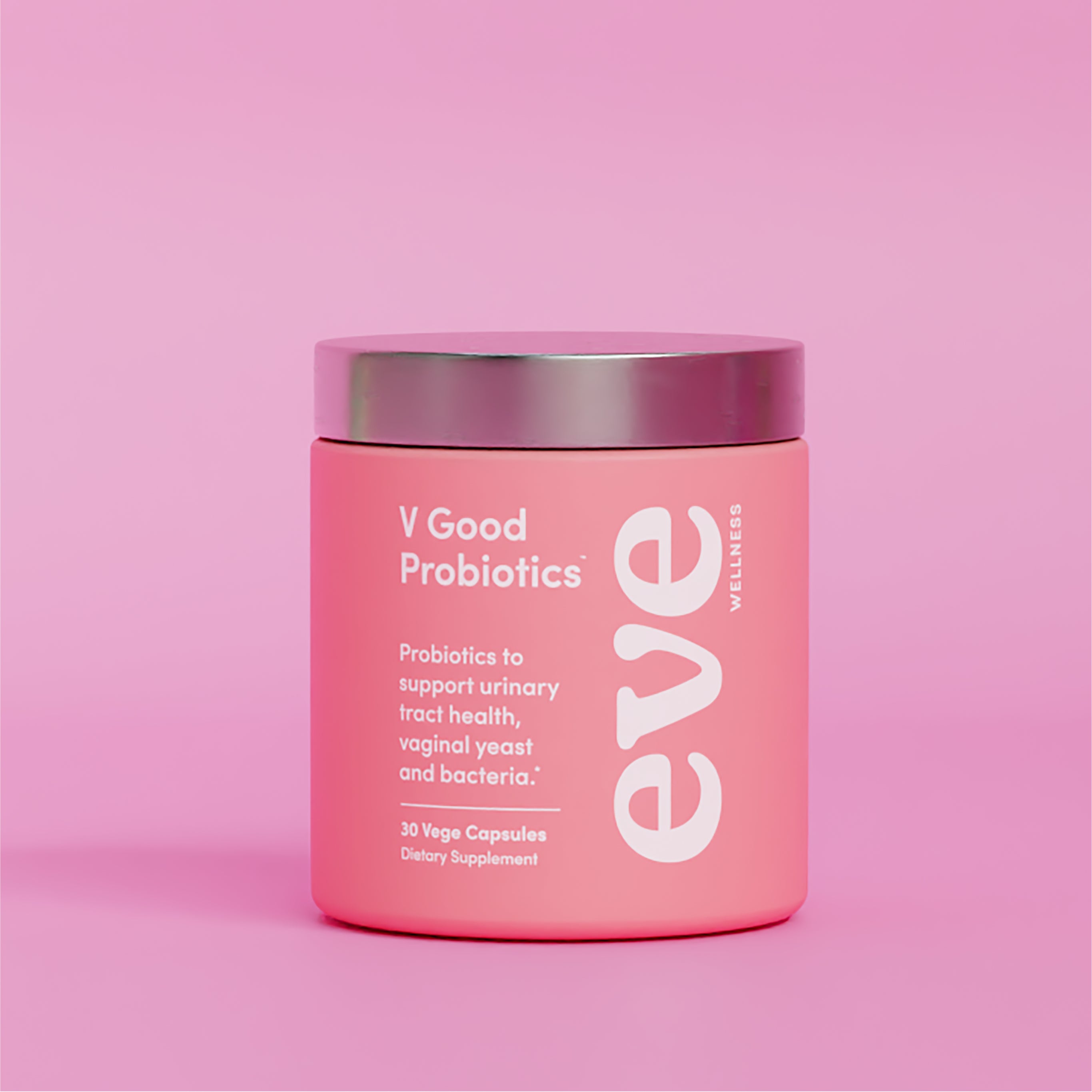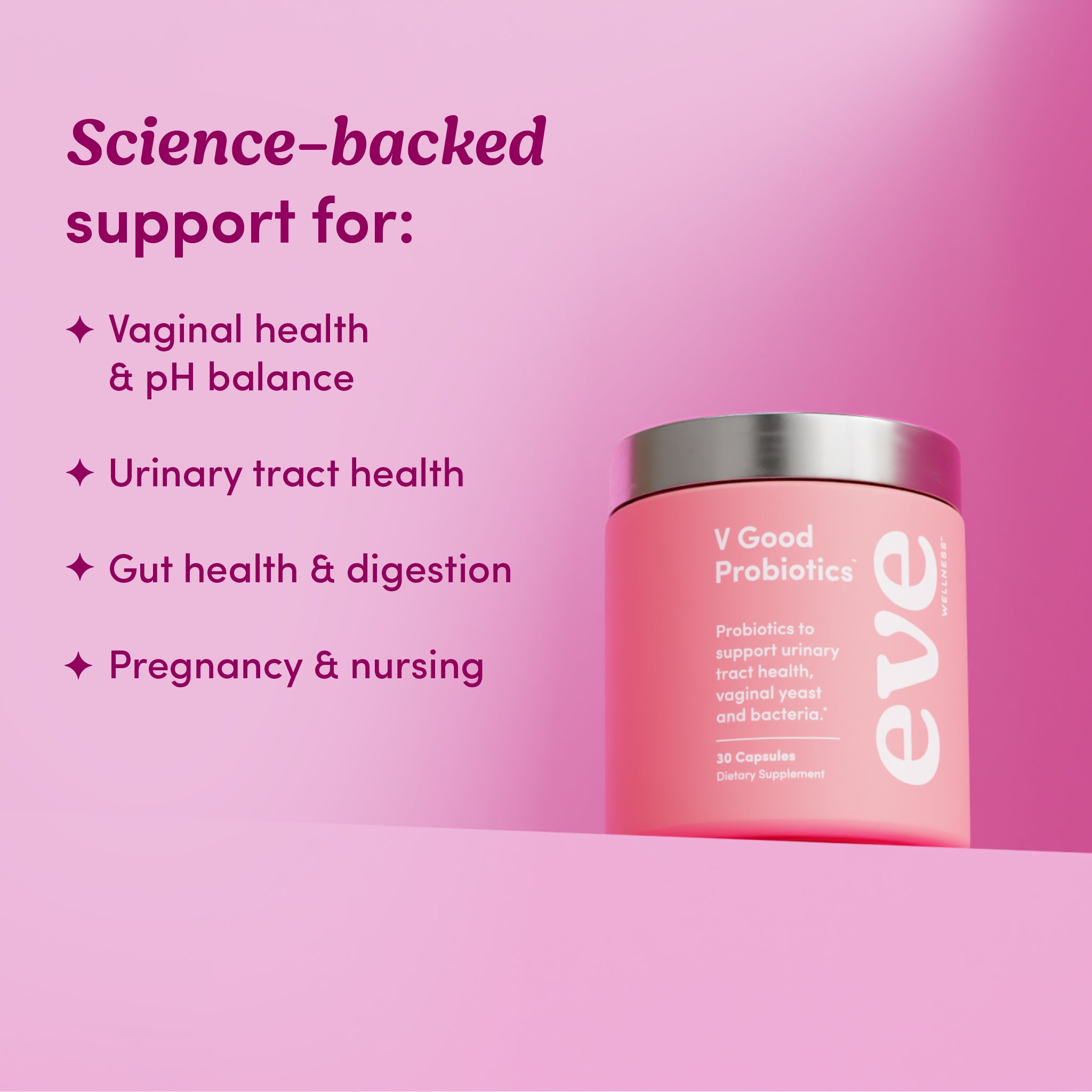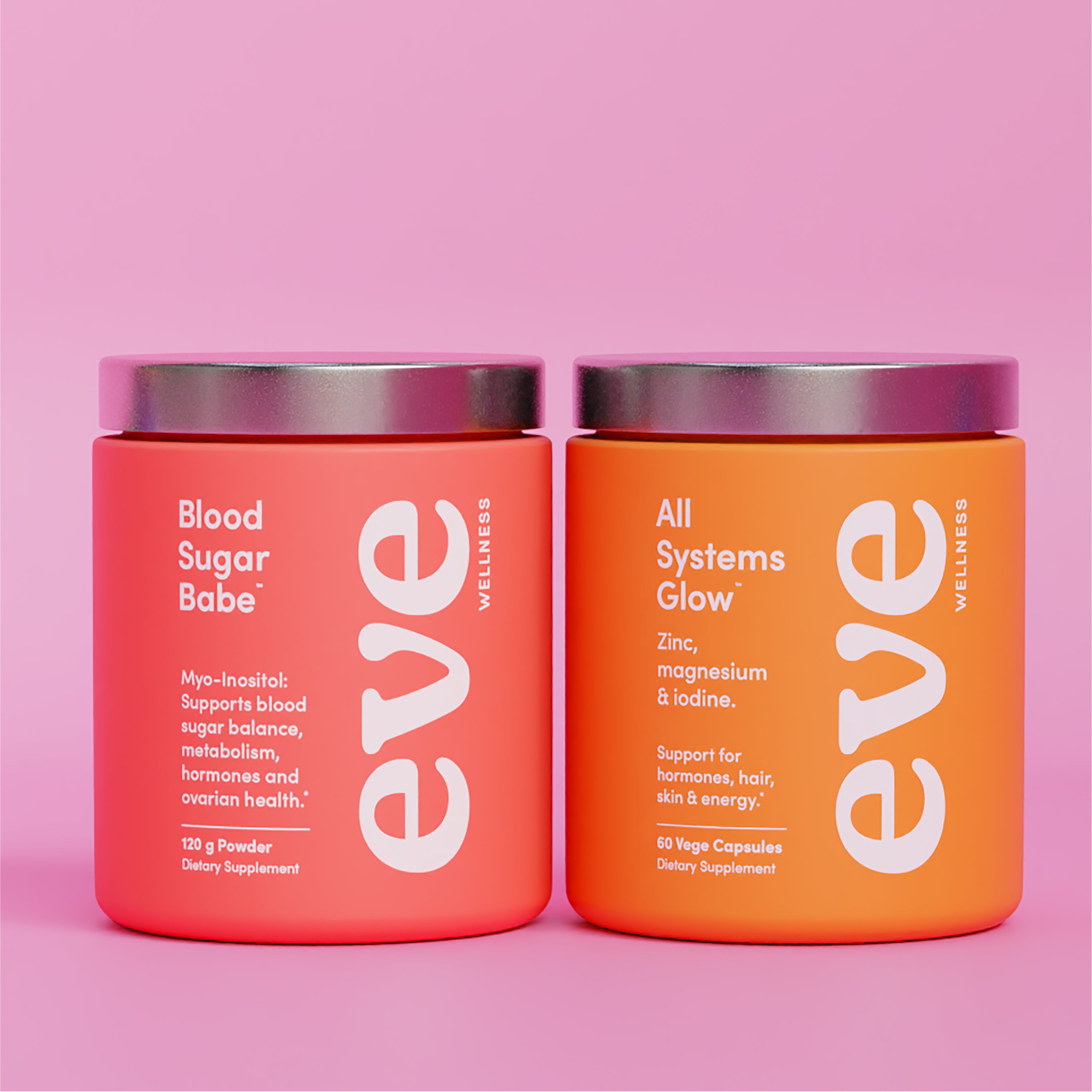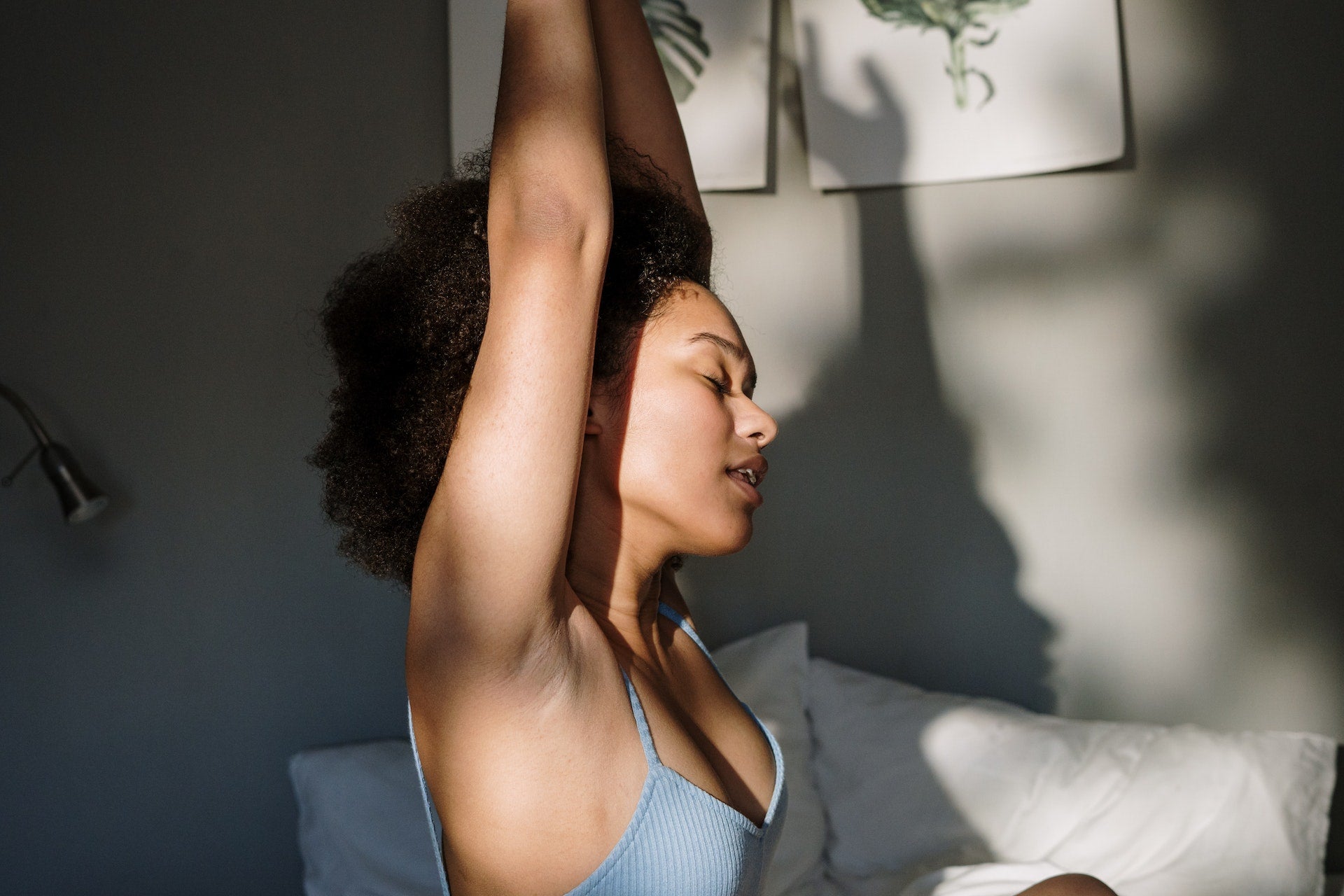For way too long periods have been talked about as though they’re a monthly event that brings you, your painkillers, and your hot water bottle into a week-long codependent relationship.
Words like ‘curse’ or ‘code red’ are common period slang words and of course there’s the eye-roll-inducing ‘it must be her time of the month’ whenever a woman gets even slightly flustered.
So, we think it’s time for a rebrand! See, we’ve done the research and periods are pretty damn magical. In addition to being a part of the miracle process that is, you know, creating new life, they’re also an incredibly valuable insight into hormone balance and overall health.
It’s like getting a monthly check-in from your body to say “hello, this is what’s up!”. How lucky are we!
The reason that the arrival of our period is useful is because it indicates to us that some form of expected hormone activity has taken place. Unlike men, who produce testosterone on a daily basis, women produce oestrogen and progesterone in line with our monthly cycles. We make a lot of oestrogen in the lead up to ovulation (the release of the egg), and then progesterone after ovulation.
In addition to the arrival of the period itself, other factors such as how long our cycles are, how long we bleed for, how we feel before, during and after our period can also provide us with important information around just how nicely our hormones are balanced throughout the month.
Let’s discuss.
PERIODS EXPLAINED
The Menstrual cycle is typically around 28 days, although it can vary from woman to woman.
- Day 1: This is the day when you first experience a ‘proper flow’ for the month. It indicates that the lining of the uterus is shedding and this bleeding lasts around 3-7 days and is a pre-ovulation phase.
- Days 6-10: This is the follicular phase. This is when your eggs mature, oestrogen levels rise, and the lining of your uterus reforms.
- Days 11-18: This is the ovulation phase. At some point in this phase, oestrogen reaches a juicy peak and an egg is released from an ovarian follicle into the fallopian tube. This is also when we are most fertile, and when we may experience good moods, high sex drive, boosted confidence. This is the ideal time to either try for a baby or be extra careful!
- Days 19-28: This is the luteal phase. Progesterone levels are at their highest, ready to support fertilisation or to be released if no fertilisation occurs. This takes us back to day one when a bleed will occur, consisting of the shedded lining.
It’s also worth noting that pill bleeds are not periods. Since they are designed to prevent pregnancy, there’s no ovulation and no progesterone so the bleed experienced while on the pill is a withdrawal bleed.
From that brief overview, we know the two key players in a natural period are the hormones oestrogen and progesterone.
These two hormones are our primary ‘sex hormones’ which is true - oestrogen prepares the egg and progesterone prepares for a baby - but that descriptor sells them short on everything else they do.
Some other benefits of oestrogen are:
- Supporting muscle gain and giving us our beautiful female curves
- Increases insulin sensitivity and suppresses appetite
- Supports bone, brain and skin health
- Promoting good moods
- Supports heart health
- Boosting energy levels.
Some other benefits of progesterone are:
- Lowering inflammation in the body
- Supporting breast, thyroid, brain and bone health
- Balancing the effects of oestrogen
- Keeping us calm and acting as a natural anti-anxiety hormone
- Promoting good sleep
- Increasing metabolic rate
- Helping us use fat for energy.
THE LONG-LASTING BENEFITS OF A MONTHLY PERIOD
From the time we start our first ever periods, we start reaping the rewards of those cycles all the way through until they stop at menopause. The monthly hormone cycles that we experience for decades, helps to protect us from osteoporosis, certain cancers, and cardiovascular diseases which may crop up later in life.
When our oestrogen and progesterone ebb and flow in the right ratios, we also experience drama-free periods and less of the symptoms we’d usually associate with that time of the month.
I’M GETTING MY PERIOD BUT IT’S FAR FROM IDEAL...
Did you know it’s possible to have a period without actually ovulating or having had a fertile window? This is called an anovulatory cycle and you will likely know about it when you have one as they can come with a whole heap of not-so-fun symptoms.
Without ovulation, we can’t make progesterone in any amount worth mentioning and are therefore missing out on those nice oestrogen-balancing effects we’re looking for.
Anovulatory cycles are more common in those with irregular periods or PCOS, however even a 28-30 day cycle can be anovulatory.
Signs that you may be experiencing anovulatory cycles and low progesterone include:
- Heavier or longer bleeding
- Increased period pain
- Increased PMS symptoms before your period such as mood swings, bloating and breast tenderness.
- Increased feelings of anxiety and difficulty sleeping.
Period Pal can help you achieve the balanced, regular cycle dreams are made of with herbs and nutrients that ease signs of PMS and encourage healthy ovulation and progesterone production.
When it comes to periods, we could talk for days about all the good stuff worth shouting about. The more we know about what periods can look like, vs our own experiences, the more information we can glean about our overall health and take the steps required to get all the benefits and minimise the not-fun parts.
The most important thing to note is your monthly bleed is a side effect of good health and can act as a telltale marker for hormone health. We told you they were magic!
